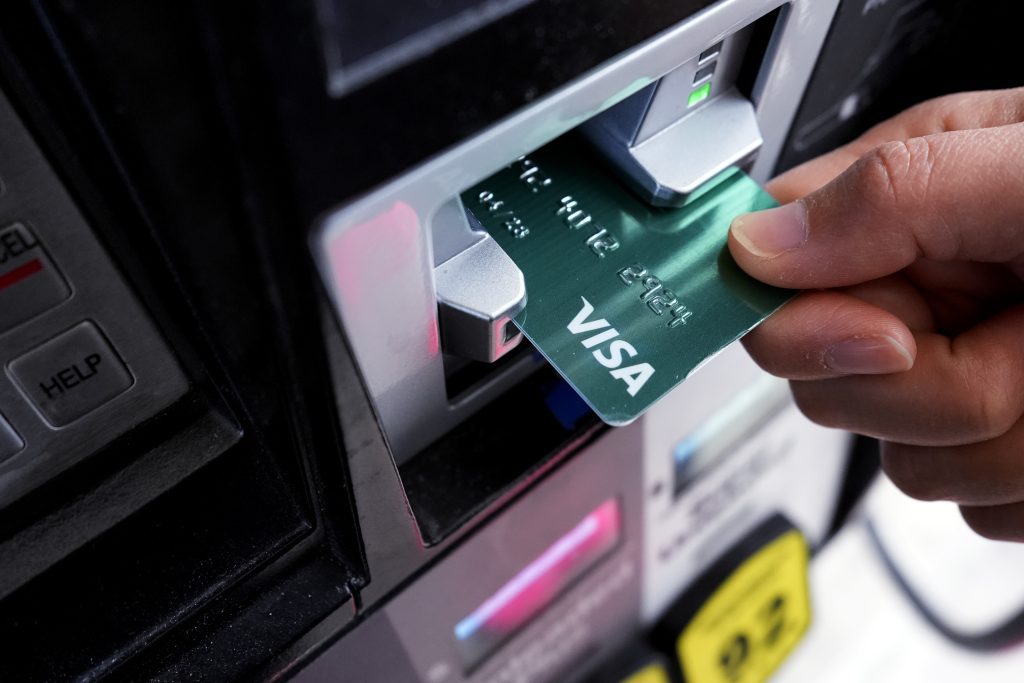A long-promised revolution in banking is coming to Canada, but it might not be noticeable when it happens.
There is a plan in progress that will give Canadian consumers and businesses much more control over their financial data, including who they share it with, in what’s called open banking.
The federal government has committed to introducing legislation in next month’s budget to bring the system to Canada after delaying it for years.
Supporters of the open banking change happening worldwide praise it as a way to increase competition, significantly change how payments are made and generally shift to a more people-centered financial system.
“It’s about having a fairer, more inclusive, and more open society,” said Helen Child, founder of Open Banking Excellence, a forum for those working in the system.
Open banking works by letting consumers choose to share their banking data with other companies. The most common use is allowing access to budgeting or money management apps and companies so that a customer can combine different bank accounts and credit cards into one place.
Other emerging uses include simpler payments, automated accounting, and business finance management.
One of the biggest areas of growth is in credit evaluations. Under open banking, lenders could directly access an individual’s banking data to look beyond credit scores. Consumers can also use it to build their credit scores, for example by showing reliable rent payments.
“It promotes financial inclusion,” said Child. “It’s democratizing data.”
The model, which the federal government calls consumer-driven banking, is part of a broader shift to giving people more control over the data companies are collecting about them, said Abhishek Sinha, national banking technology leader at EY Canada.
“It’s a significant social movement and social progression, following the footsteps of what’s happening in the rest of the developed world and even many developing countries.”
But while there’s potential to disrupt the current system, some doubt how much, and how quickly any change might occur.
Even with protective measures in place to make it safe, it will probably take a lot of effort to persuade Canadians to trust the system — and new competitors, said Sinha.
“I think gaining trust in Canada is going to be extremely hard for the fintech community; that is their Everest to climb.”
The system also had relatively low acceptance when it launched in Europe in 2019, said Aris Bogdaneris, Scotiabank’s head of Canadian banking, at an investor day.
“We prepared for it, and we tried to make sure we were ready and resilient,” said Bogdaneris, who worked at ING in the Netherlands before switching to Scotiabank last year.
“It didn’t really happen at all. It was like Y2K.”
Even in the U.K. where it was introduced in 2018, only about 11 per cent of British consumers were using open banking as of last June, according to Open Banking Ltd., tasked with implementing the system in the country.
In Canada, with more bank concentration and a conservative banking culture, adoption will likely be slower, said Marc-André Pigeon, assistant professor at the Johnson Shoyama Graduate School of Public Policy.
The banks have a lot of power, making it difficult for others to enter the industry.
Pigeon said the government is mainly emphasizing the security advantages of the change.
He mentioned that competition is not a top priority, and startups will need accreditation to enter the space cautiously.
The design approach is slow and cautious, according to him.
Pigeon pointed out the issue of how much consumers actually compare prices or consider alternatives unless something goes wrong with their current providers.
We need to step back from the rhetoric and remember that we're dealing with people, who have strengths and weaknesses, but often lack the time to do these things, right?
Elizabeth Sale, a financial services lawyer, expressed uncertainty about how much the change would impact those already using less secure systems.
Sale noted that consumers and people often don't understand the concept well.
She mentioned that terms like open banking or consumer-driven finance don't provide an intuitive sense of what it is.
It's important for people to actually understand what it is.
Supporters argue that it takes time for people to understand and trust the change.
Nicholas Schiavo, director of federal affairs at the Council of Canadian Innovators, said it's important to be realistic when discussing the disruption of the banking industry.
He stated that there's a need for education, but overall, Canadians need to understand the benefits of the system rather than the system itself.
Due to the current lack of competition in banking, there are high fees estimated to be over $7.7 billion annually, according to a report from North Economics.
Schiavo pointed out that Canadians are familiar with the negative effects of a monopoly on their finances, as seen with telcos, grocery stores, and banks.
He also mentioned the growing momentum in other countries, such as the U.K., where payments under the system increased by 88% in the first half of last year, and small business use is around 17% and rising.
As open banking becomes more widespread globally, new entrants are also catching on faster, as seen in places like Australia, India, and Singapore.
It took about five years for the U.K. to reach five million connected accounts, a milestone Brazil reached in less than a year after the launch.
Child stated that the more companies enter the space and provide useful solutions, the more it will catch on, even if people don’t fully understand how it works.
“You need to know it’s convenient. It makes your life simple and fast,” she said. “That’s what it’s about.”




